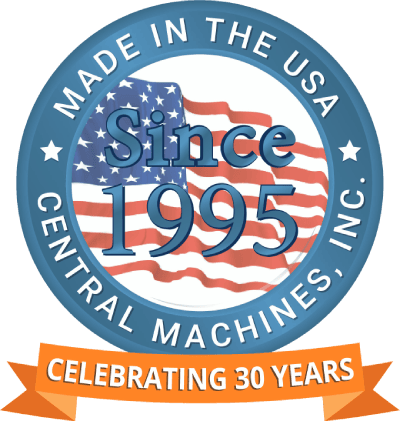Key Considerations in Designing Your Assembly Machine
An assembly machine is a type of manufacturing equipment designed to automate the assembly process of products or components. It typically consists of a series of workstations, each dedicated to a specific task in the assembly process, such as fastening, welding, or packaging. Designing the machine involves considering several factors, from materials and tools to overall equipment functionality.
This is where the Design for Assembly (DFA) method comes into play. Developed over several decades by some of the electronics industry’s best designers, DFA makes the assembly process easier, faster, and more consistent.
In this article, we will explore the key considerations when designing a machine using DFA principles.
The DFA Design Principles and Guidelines
DFA is a set of principles and practices used to optimize product and component design for ease of assembly. It presents a way to simplify the process, minimize the number of parts required, and reduce the time and cost involved in product assembly. It also involves evaluating a product design based on the ease of accessing and manipulating elements and the number of process steps involved.
The methods usually include complex computations, which employ charts that evaluate a design by imposing sanctions for the time and cost of assembly. Nonetheless, they can be reduced to straightforward and efficient principles that guide a designer without requiring extensive study.
Here are the key considerations to keep in mind during the designing phase:
1. Minimize the Number of Parts
Designers should minimize the number of parts used in the machine to make assembly easier and faster. The assembly process becomes more complicated, time-consuming, and expensive with every additional aspect. Therefore, it is crucial to balance the functional requirements and the number of parts used to reduce them as much as possible.
2. Optimize Part Shape and Size
Part shape and size can impact the machine’s functionality. Too large or complex parts can make assembly difficult or even impossible. Conversely, too small components may be difficult to manipulate, increasing the risk of errors. In addition, larger and more complex parts may require specialized tools or workstations, adding to the overall cost and complexity of the process.
To optimize part shape and size, designers should consider the type of manufacturing process and the number of workstations involved. They should also regard the materials used and the overall requirements of the machine.
3. Set Realistic Tolerances
Tolerances refer to the allowable variations in dimensions, angles, and other parameters a part can have while functioning properly. Setting overly strict tolerances can result in more rework and scrap, while loose tolerances can lead to functional issues and potential safety concerns. Therefore, designers should consider the manufacturing process. In addition, some methods — such as casting and forging — may have inherent variations that must be accounted for in the design.
4. Use Modular Design
Modular design is an approach that involves breaking down the machine into smaller, interchangeable modules that can be assembled independently and easily replaced if necessary. This approach can make assembly and maintenance significantly easier, allowing for the rapid replacement of individual components without requiring extensive disassembly.
It can also help reduce assembly time and cost by simplifying the process. By breaking the machine into smaller modules, designers can create individual workstations independently optimized for assembly. This can help streamline the operation, reduce the risk of errors, and increase efficiency.
5. Consider COTS Parts
Commercial off-the-shelf (COTS) parts offer assembly speed, cost-effectiveness, and ease of use benefits. As they are conveniently accessible in the market, they can seamlessly integrate into the assembly machine design. They are also designed to be adaptable to various machines, providing flexibility and convenience to the assembly process.
6. Limit the Design’s Sensitivity
Sensitivity pertains to how deviations influence the machine’s operation in its components or operation conditions. To reduce sensitivity, designers must consider components tolerances, temperature, humidity, and vibration. They may also utilize design techniques that enhance the machine’s reliability and minimize the effect of variations.
Choose Central Machines for Custom Assembly Machines and Systems
Central Machines has been providing innovative and dependable automation systems since 1995! Our expertise lies in developing continuous motion, indexing dials, high-speed terminal insertion, Inline, power & free, cap lining, and closing machines. Furthermore, we conduct concept, in-house design, and customer design reviews before releasing any plan to the manufacturing process.
Contact us today to discuss your machinery needs or request a quote now!


